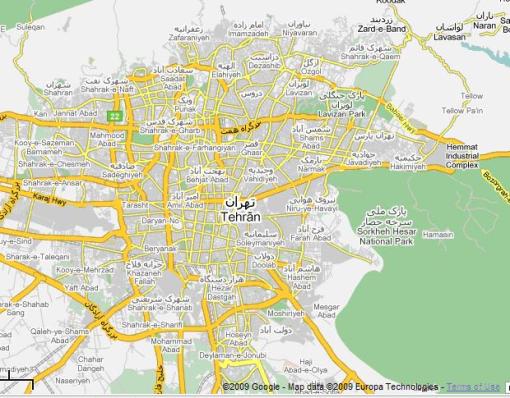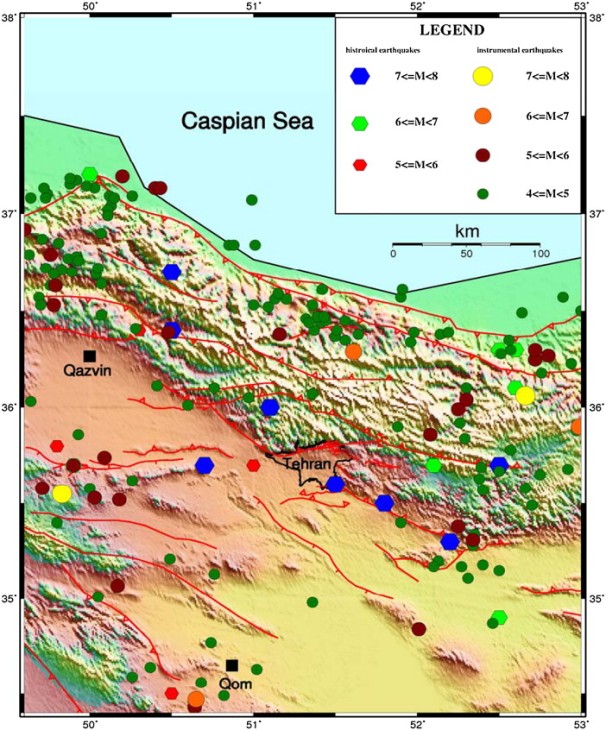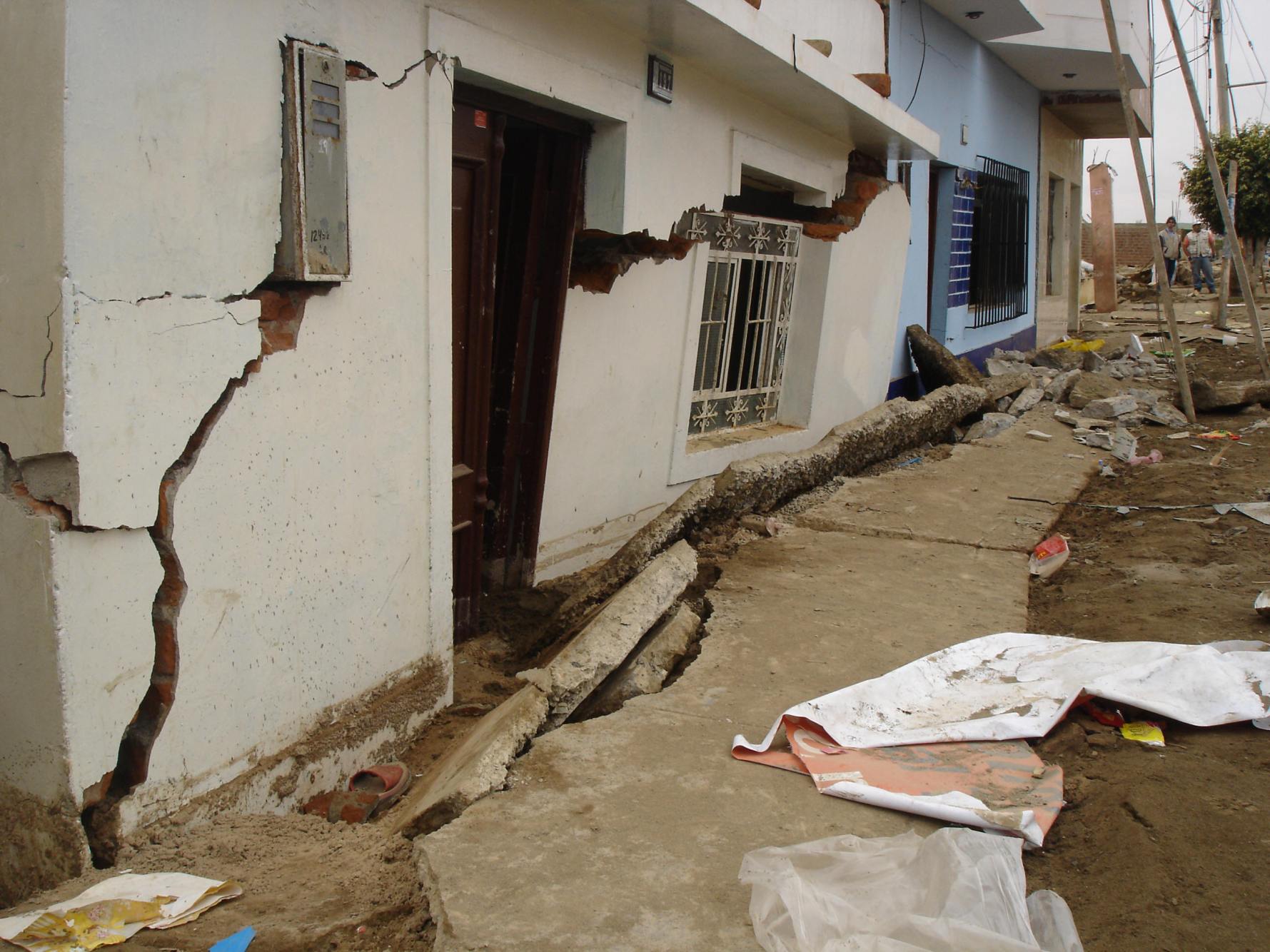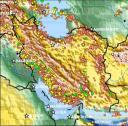Tehran experienced a minor earthquake (Richter magnitude 4) on Saturday at 2:23 pm local time (http://www.tehrantimes.com/index_View.asp?code=205750). It seems that most Tehranies felt this shake. There is now a widespread fear of aftershocks and possibly bigger earthquakes due to more activities on the Eivanaki fault in southeast Tehran. Since information on the historical activity of this fault seems to be limited, it is difficult to make accurate probabilistic predictions on the likelihood of an aftershock. But it is certainly possible and quite likely to have another earthquake soon (not necessarily related to this particular fault movement). Tehran sits on major active faults and suffers from a large seismic risk due to fault activity, poor construction practice, and large population. The occurance of this recent minor earthquake may have influenced the stresses in the surrounding faults and might have increased the existing seismic risk facing Tehran.

Tehrani residents, engineers, contractors, general public, please be aware and pay attention to this important risk that you will have to deal with sooner or later. To learn how to protect yourself before, during, and after an earthquake, visit this site by FEMA: http://www.fema.gov/hazard/earthquake/index.shtm.
In two of our previous posts, we also had some good discussion on earthquake preparedness in Tehran:
https://tehranshake.wordpress.com/2007/08/02/121/
https://tehranshake.wordpress.com/2007/08/28/what-to-do-before-during-and-after-an-earthquake/
Tehrani engineers, architects, and contractors: I assume that you already know how to make earthquake resistant structures in a cost-effective way. If you have questions/concerns, please don’t hesitate to contact me and I will try my best to send you information on the current state of practice (in structural and geotechnical design) for your specific project. If you are not convinced about the risks facing your city and need more information on the probability of earthquakes in the coming years, also please don’t hesitate to let me know or contact someone at IIEES in Tehran (http://www.iiees.ac.ir/). Keep in mind that you are responsible for your building, and negligence and lack of knowledge are not acceptable any more.












Recent Comments